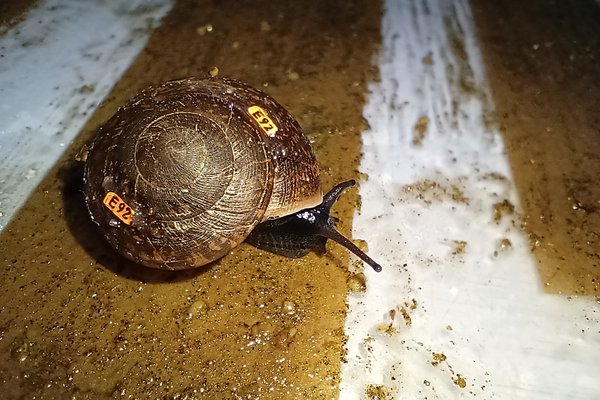Natural History of Australia’s First National Park
The wide range of habitats in Royal National Park provide homes for a diverse flora and fauna, and many new species have actually been described from specimens found in Royal National Park.
In total, at least 92 invertebrate species have been described at least in part due to specimens collected in Royal National Park (162 if you count the immediately surrounding areas!). These numbers miss a huge number of insects stored in the Australian National insect Collection in Canberra, which could not be accessed electronically.

© Australian Museum
A few animals whose primary types come from the Royal National Park or the immediate area are:
- a fly - Euprosopia subula McAlpine
- a landhopper - Arcitalitrus bundeena Peart & Lowry
- a sea slug - Chromodoris woodwardae Rudman
- a moth – Aeolochroma olivia (Goldfinch)
All these species were described by Australian Museum scientists, Associates or Trustees!
Australian Museum Scientists are also among authors who have contributed towards making the natural history of the Park more accessible to the public in ‘Field Guide to Royal National Park’. The guide is edited by former University of New South Wales Deputy Vice Chancellor Robert King and co-authored by scientists including seven Australian Museum staff or Research Associates.
It covers geology and geomorphology; plants and vegetation; mammals, birds, frogs and reptiles; insects, spiders and non-marine molluscs.












